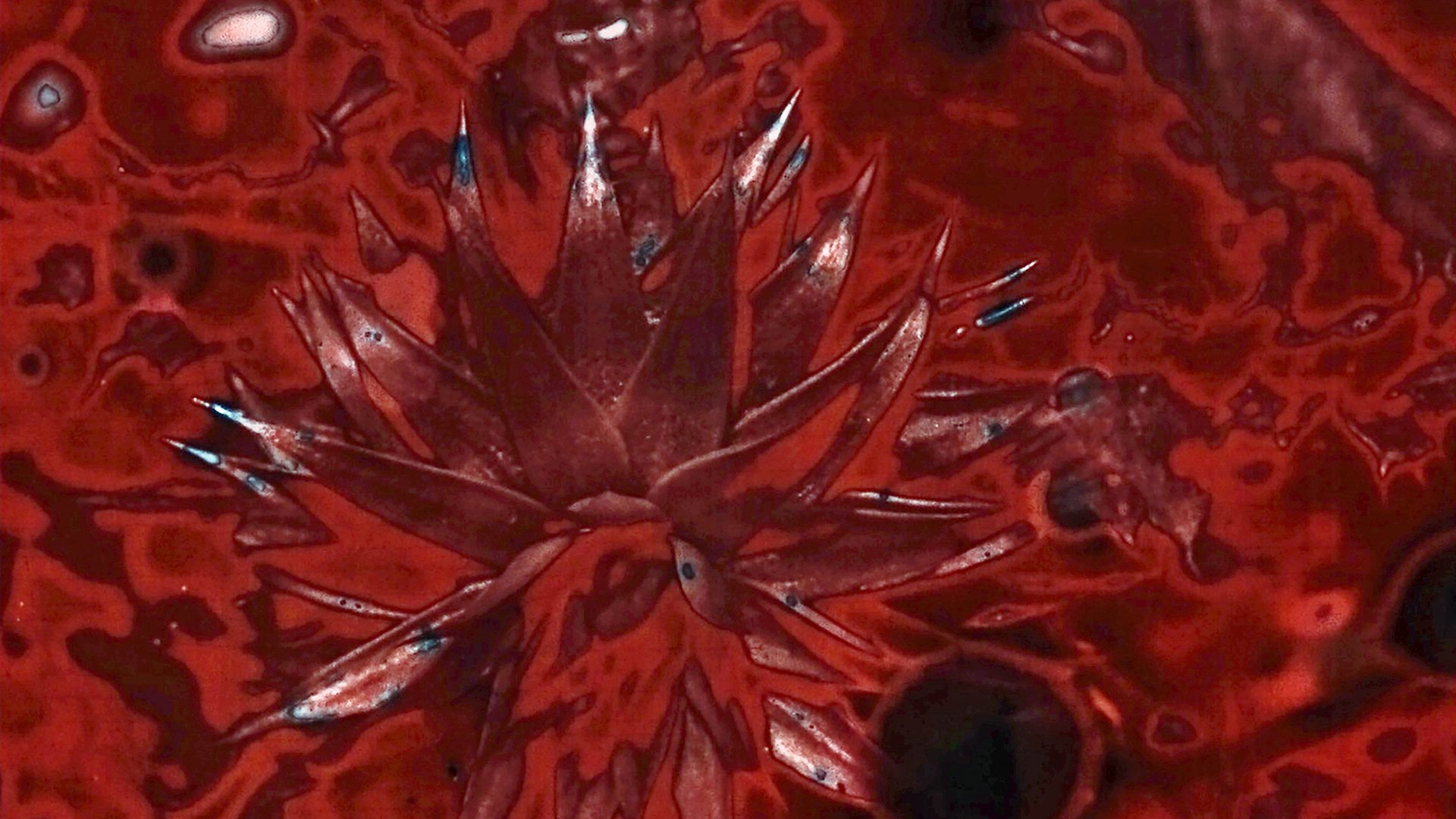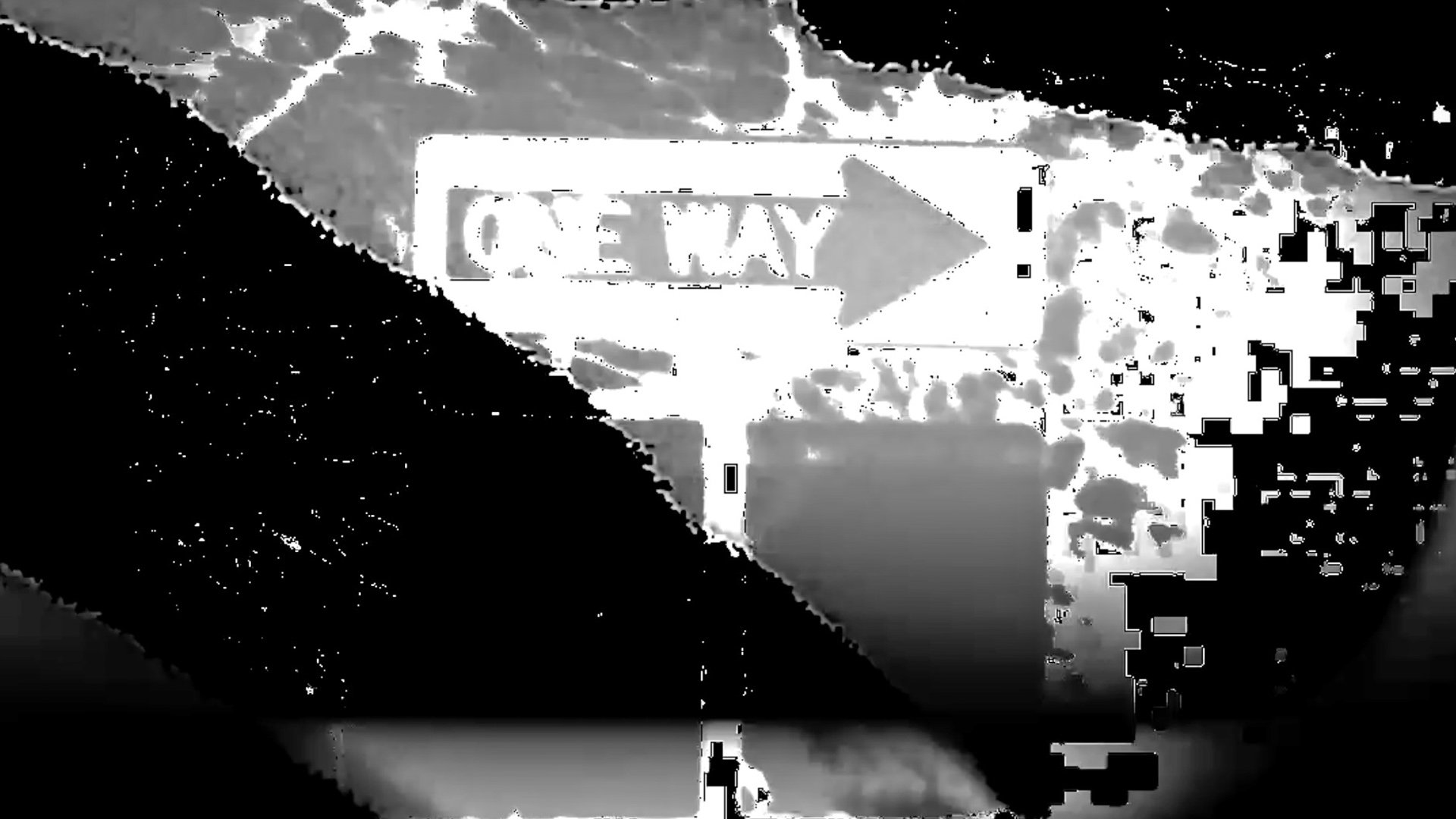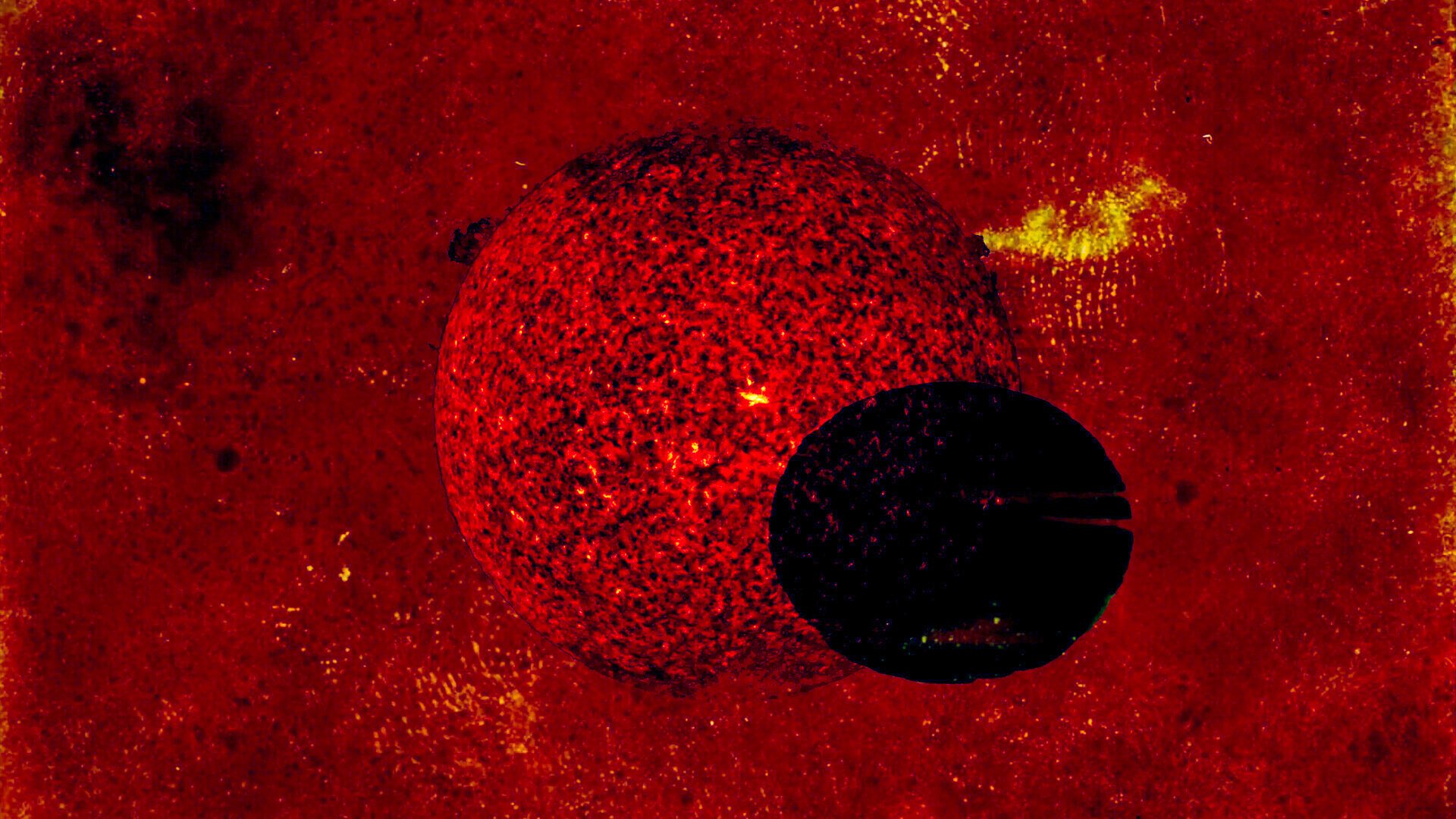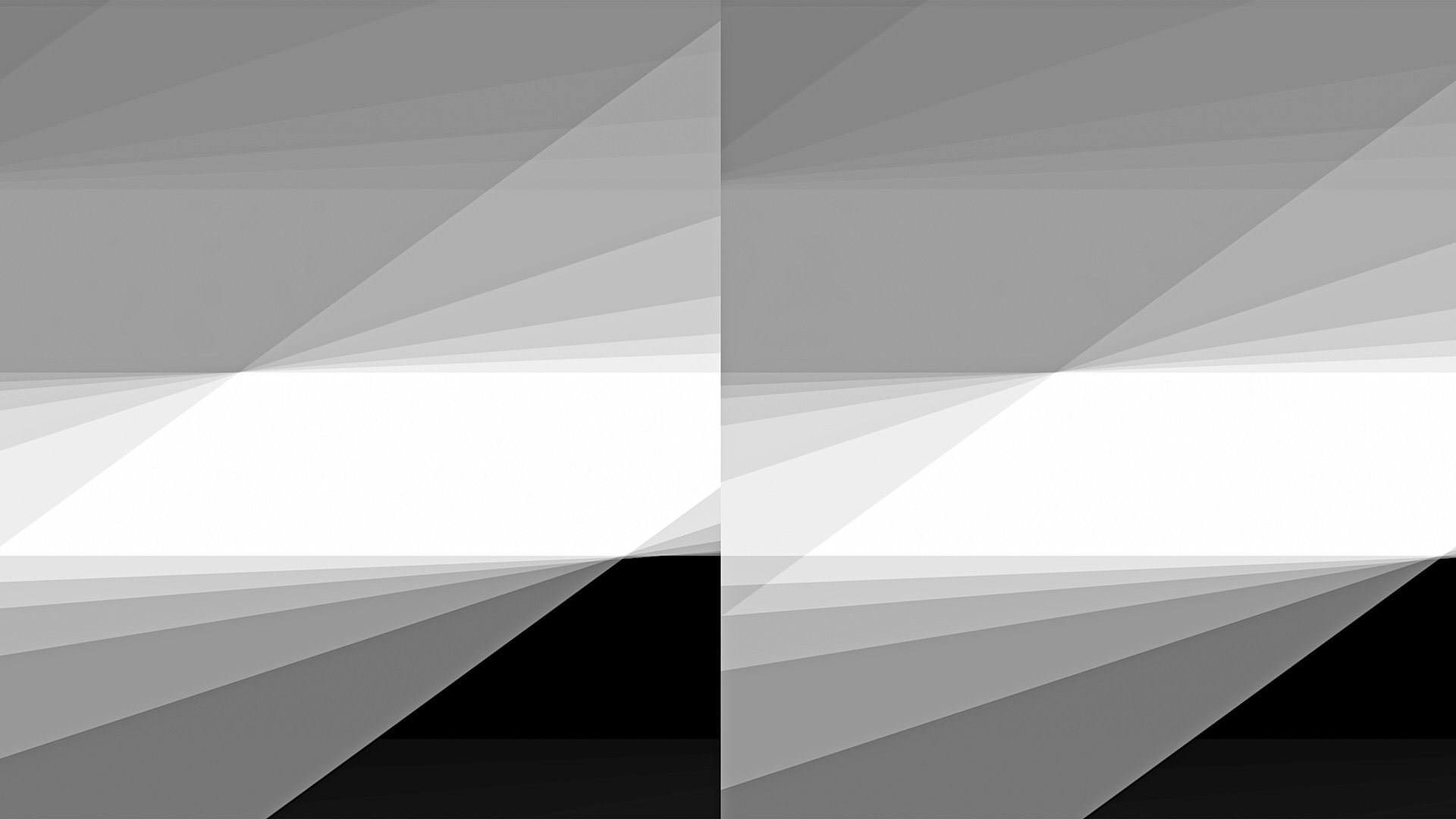Installations
Serene Hues
October 16–26 | dusk–Midnight
Installation @ Legacy Art Gallery (window)
Rita Tse | 2024 | Canada | 4 min
Serene Hues, hand-processed, solarized, tinted and toned, is a meditative journey into the tranquility and vibrant beauty of nature. The surprising and unexpected images created through process-driven filmmaking, which is improvisational and interactive, embody the wabi-sabi aesthetic of impermanence, incompleteness and imperfection, emphasizing the creative process of producing the work.
Rita Tse, born and raised in Hong Kong, received a BFA in Film with a minor in Art & Culture Studies from Simon Fraser University, and an MFA in Film Production from York University. She is an experimental filmmaker based in Toronto, with specific interests in gender, ethnicity and memory. Her latest works have mainly explored artisanal manipulation techniques on celluloid.
EOJ
October 16–26 | dusk–Midnight
Installation @ Deluge (transom window)
Tianming Zhou | 2025 | China/USA | 2 min
Regulatory signs shot on 16mm, hand-processed with caffenol and subjected to both analog and digital corrosion. Sound recorded and manipulated through geophone and contact mics. EOJ reimagines the anxiety induced by caffeine hypersensitivity and the pressures of social conditioning. It frames hypersensitivity not as weakness, but as resistance, redirecting chaotic energy inward to a disobedient mind that defies the discipline of the modern body.
Tianming Zhou (Alaric) works with lens-based media. He explores the within, the beyond and the in-between of landscapes, both physical and conceptual. His works have been showcased at Mimesis Documentary Festival, Experiments in Cinema, Non-Syntax, Leiden Shorts, etc. Tianming completed his undergraduate studies at The University of Hong Kong and earned an MFA from Duke University.
[sun]film
October 16–26 | 24hrs
Installation @ Millie’s Lane (window gallery)
Derek Taylor | 2025 | USA | 3 min
Originally conceived as an open-ended analog experiment within a DIY darkroom, [sun]film gradually transformed into a digital project that nonetheless maintains the tactile sensibility of its origins. What began with photochemical processes and direct manipulation of light and material evolved into a meditation on the translation of analog presence into digital form.
Rather than abandoning the physical qualities of film, the work draws from scanned images of historical sources: paintings, engravings, celestial charts and other pre-digital representations of the cosmos. Each fragment bears the visible marks of time: paper textures, ink traces, surface abrasions. These imperfections anchor the work in the material history of image-making, even as digital tools expand the possibilities for sequencing, layering and recontextualizing the material. The transition from darkroom to digital platform thus becomes an act of continuity rather than rupture, extending the language of analog process into a new technological space.
The resulting film occupies a liminal space between the archival and the contemporary, the handmade and the computer-generated, the still and the moving image. Through its quiet rhythms and stratified imagery, [sun]film reflects on the sun as both subject and metaphor: a constant, radiant presence that has guided centuries of human observation, speculation and devotion. It is a work about perception and persistence, about how we look toward the same celestial body across changing media, technologies and eras of curiosity.
Derek Taylor creates films that explore the intersection of documentary and experimental filmmaking, with a particular emphasis on themes of history and landscape. He often examines the tension between the temporary and the enduring aspects of lived experience, using formal and textural elements to explore this dynamic. His films, frequently created using analog and photochemical techniques, have screened at festivals around the world and invite viewers to reflect on how we observe and remember the world around us. Taylor holds a MFA from the School of the Art Institute of Chicago and is currently based in Connecticut.
Greyscale
October 16–26 | festival hours
Installation @ Deluge (entrance foyer)
Simon Payne | 2025 | UK | 3 min
The rolling stripes that this piece begins with suggest a sense of depth from the outset, and evoke a seascape. Increasingly complex waveforms accrue as the stripes begin to separate out. The image plane is not just a surface phenomenon: we are drawn to see through it.
In essence, cinema is a time-based medium that plays out on a two-dimensional surface. Conscientious viewers recognize this and don’t need to be told twice, but it has been a recurrent point of departure for film and video artists, and something that they come back to repeatedly when trying to resolve what they are making. Even so, there are an infinite number of ways of articulating cinema. Experimental cinema is a matter of testing that proposition. All the work that I have made for the last twenty-five years or so has involved an articulation of cinema, which simultaneously tests the medium, by way of minimal means. Having always worked with video, rather than film, I have been drawn to use a simple ‘colour bars’ test signal as my starting point. The static image comprises stripes of primary and secondary colours, plus black and white. In Greyscale the stripes have been desaturated and made to roll down the screen. A sense of depth is suggested from the outset, evoking a seascape perhaps. Complex waveforms accrue as the stripes begin to tilt and separate out, and it becomes apparent that the image plane is not just a surface phenomenon. Despite knowing that the screen is flat, we are drawn to see through it.
Simon Payne has been making experimental cinema works for over twenty years. His videos are predominantly orientated around bold graphic forms, primary and secondary colours, and highly structured sequences that produce conflicting planes and unexpected effects. Sometimes there are contingent elements in his work that correspond with incidental indications of the artist’s hand. The systems that underpin his videos involve the entirety of the screen and every edge. Their effects spill out of the screen, to illuminate the spaces in which they are shown in remarkable ways.
His work has been shown in numerous international film festivals, cinemas and art galleries including Ann Arbor, Edinburgh, London and Rotterdam international film festivals; Anthology Film Archives, New York; the European Media Arts Festival, Osnabrück; Pacific Film Archives, San Francisco; Media City, Windsor, Ontario and the Hermitage Museum, St Petersburg. In the UK his work has shown at the Camden Arts Centre; Tate Britain and Tate Modern; the Serpentine Gallery and the Whitechapel Gallery. His videos are distributed by LUX (London) and Lightcone (Paris).
Simon Payne has also written widely on experimental cinema for a number of journals and magazines. He co-edited the book Kurt Kren: Structural Films (2016), edited a posthumous book by A.L. Rees, Fields of View: Film, Art and Spectatorship (2020) and co-edited Film Talks: Fifteen Conversations on Experimental Cinema (2021). He is Associate Professor in Film and Media at ARU, Cambridge and lives in London.



